How to buy fabric
musicteacher
11 years ago
Related Stories
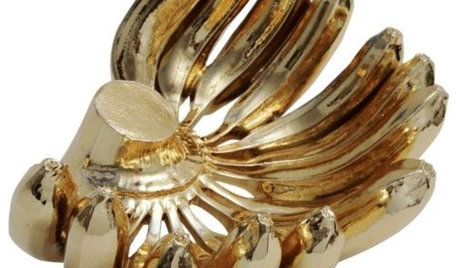
DECORATING GUIDESDecorate With Intention: To Buy or Not to Buy
Before you make your next home-decor purchase, ask yourself these 10 questions
Full Story
FURNITUREHow to Buy a Quality Sofa That Will Last
Learn about foam versus feathers, seat depth, springs, fabric and more for a couch that will work for years to come
Full Story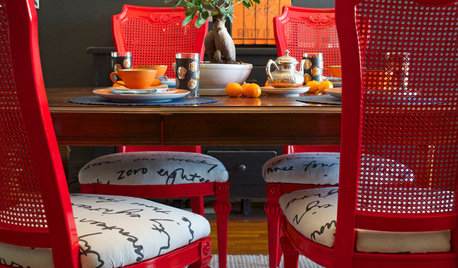
DIY PROJECTSDining Set Makeover: Paint and Tea-Tinted Fabric Make Old Chairs New
Reclaim dated dining chairs for far less than buying new, using spray paint, modern fabric and a handful of tea bags
Full Story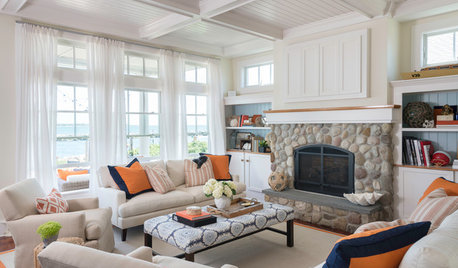
UPHOLSTERYFabric Focus: Make Your Interiors More Durable With Outdoor Fabric
Indoor-outdoor fabric is strong and beautiful, whether in the backyard or the living room
Full Story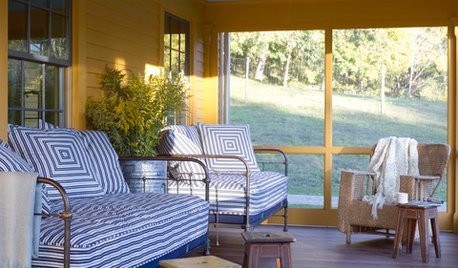
UPHOLSTERYFabric Focus: 6 Ways to Bring Ticking Stripe Fabric Home
From window treatments to upholstery and more, here are ways you can decorate with this decorative workhorse of a fabric
Full Story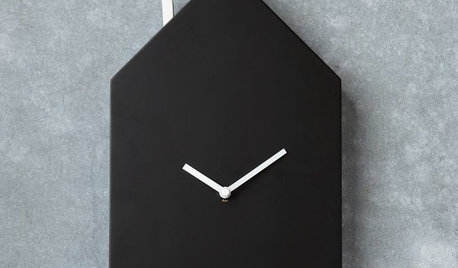
PRODUCT PICKSGuest Picks: Time to Buy a Clock
Cell phone screens just can’t compete with the charm of analog timepieces like these
Full Story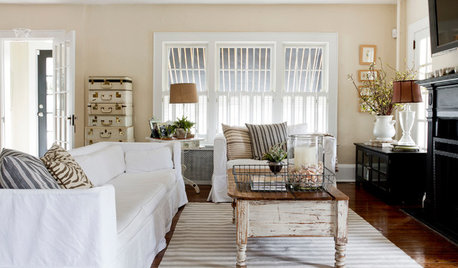
FEEL-GOOD HOMESimple Pleasures: 10 Ideas for a Buy-Less Month
Save money without feeling pinched by taking advantage of free resources and your own ingenuity
Full Story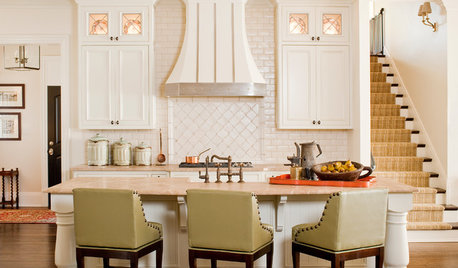
FURNITUREWhat to Know Before Buying Bar Stools
Learn about bar stool types, heights and the one key feature that will make your life a whole lot easier
Full Story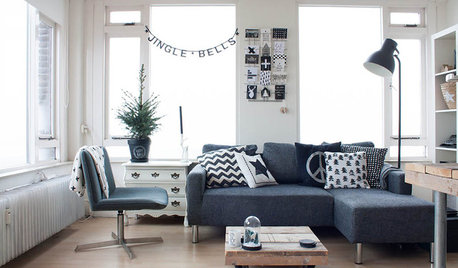
FURNITUREWhat to Know Before You Buy a Sectional
Learn about sizes, arm setups, seat types and more to get the right sectional for your space
Full StoryMore Discussions






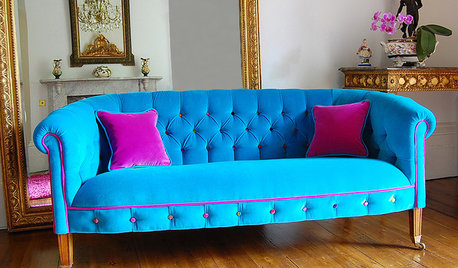

calliope
dan_the_mailman
Related Professionals
Dallas Furniture & Accessories · Memphis Furniture & Accessories · Zionsville Furniture & Accessories · Clinton Township Interior Designers & Decorators · Cottage Lake Flooring Contractors · Edmonds Flooring Contractors · Elmhurst Flooring Contractors · Little Rock Flooring Contractors · Naugatuck Flooring Contractors · Oak Ridge Flooring Contractors · Palm Springs Flooring Contractors · Shepherdsville Flooring Contractors · Town and Country Flooring Contractors · Fort Wayne Furniture & Accessories · Woodbury Furniture & Accessoriesnew2quilting
K8Orlando
loisflan
nanajayne
gardenpea_gw
nanajayne
nschettler
ritaweeda
calliope
musicteacherOriginal Author
pirate_girl
calliope
Carol_from_ny
thimbleowl
bev2009